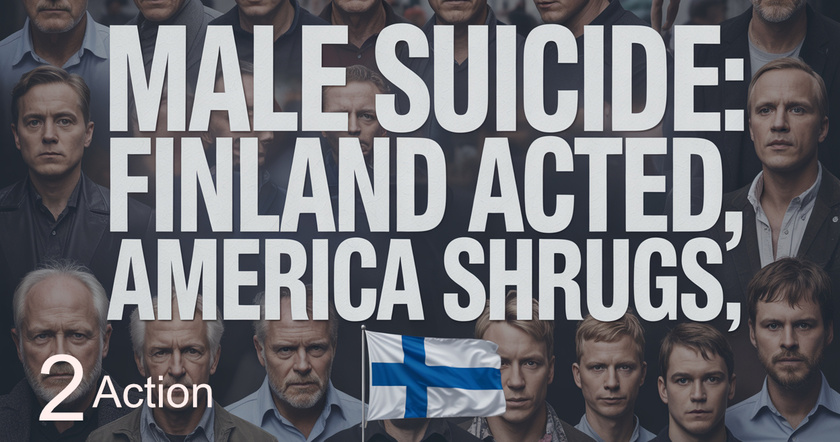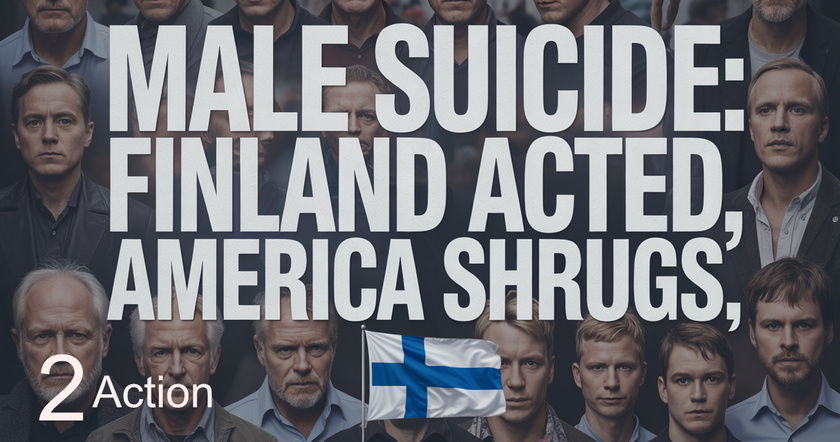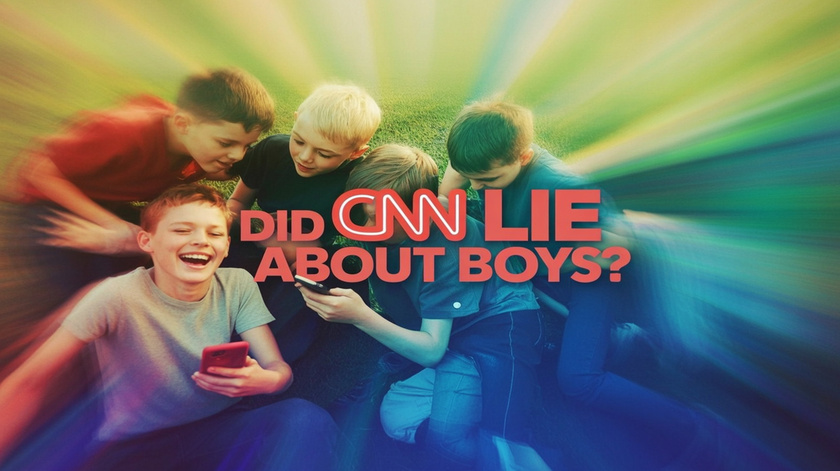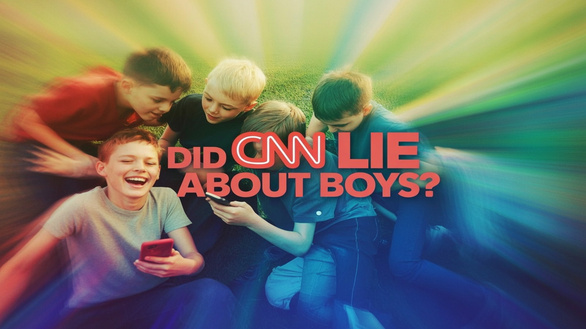
In the last post, we saw how Finland took an extraordinary first step: instead of shrugging at suicide rates, they studied every single case in the country for a full year. They learned who was dying, where, and why.
But research alone doesn’t save lives. The true test came next. Could Finland turn this knowledge into action?
In 1992, the government launched the National Suicide Prevention Project, a sweeping, nationwide effort that would run for five years. Its ambition was bold: to translate the research into targeted interventions across every layer of society — from army barracks to hunting cabins, from classrooms to church pulpits.
The official goal was clear: reduce suicides by 20% in ten years. But the real innovation lay in how Finland went about it.
The National Strategy (1992–1996)
The project was structured into four phases:
Research (1986–1991) — the “Suicides in Finland 1987” study and its provincial reports.
Strategy formation (1992) — drawing up a national action plan based on those findings.
Implementation (1992–1996) — launching over 40 subprogrammes across sectors.
Evaluation (1997 onward) — both internal and external reviews of what worked and what didn’t.
Unlike typical health campaigns, this was not limited to posters or hotlines. It was a multisectoral strategy, pulling in schools, the military, the church, health services, media, and community associations. Each was asked the same question: What role can you play in preventing suicide, based on what we now know?
This was Finland’s genius. The national strategy was not a blunt instrument. It was a framework that allowed each institution, each community, to shape prevention in a way that made sense locally.
Tailoring Interventions to At-Risk Groups
The 1987 research had given Finland something precious: a map of where suicide risk was concentrated. The next step was to design interventions for those specific groups.
Hunters and Rural Men
Middle-aged rural men were at the very center of Finland’s crisis. Many were farmers or hunters, living in isolation, often drinking heavily, and reluctant to seek formal help. The suicide data showed that licensed hunting rifles were among the most common methods.
Instead of preaching from afar, Finland did something remarkable: they went into the hunting clubs themselves. The idea was simple but powerful — hunters already cared about their “mehtäkaveri,” their hunting mate. So why not train them to look out for each other’s mental health as well?
This became the foundation for what later grew into the Hyvä Mehtäkaveri (“Good Hunting Mate”) programme: peer-support training that taught hunters how to ask the difficult question — “Are you doing okay?” — and how to connect someone with help if they weren’t.
Conscripts and Rejected Recruits
Finland’s system of compulsory military service turned out to be both a risk and an opportunity. The research showed that young men rejected from service for health or psychological reasons faced a sharp rise in suicide risk. The rejection carried stigma — it marked them as different at precisely the age when they most wanted to belong.
So the Defense Forces became a frontline partner. Officers and military doctors were trained to spot vulnerable recruits, offer counseling, and refer them to civilian health care when needed. Rejection from service was reframed, not as abandonment, but as a moment to connect a young man with support.
Beyond counseling, Finland also recognized the practical challenges these young men faced. Initiatives supported by the A-Clinic Foundation and the Finnish Association for Mental Health provided concrete assistance: vocational guidance, social support, and structured activities to help rebuild identity and belonging. These efforts aimed to ensure that rejection from the army did not mean rejection from society. One notable example was the “Young Man, Seize the Day” project (1997), which worked with rejected recruits in several cities to provide vocational guidance, structured activities, and community belonging.
Rural Networks and Gatekeepers
Beyond the army and the hunting cabin, Finland leaned on local gatekeepers — the people already embedded in small communities. Teachers, clergy, police officers, even farmer’s association leaders were given training to recognize warning signs and start conversations. The principle was clear: suicide prevention wasn’t just the job of psychiatrists. It was the job of the whole community.
Alcohol Misuse
Alcohol had long been tied to Finnish male suicide, and the research confirmed its role. The project partnered with the A-Clinic Foundation, Finland’s leading addiction services, to integrate substance treatment into suicide prevention. Men who might never walk into a psychiatric clinic might still accept help for their drinking — and through that doorway, receive broader support.
Suicide Attempters
One of the most striking findings from the research was how many people who died by suicide had already made a prior attempt — but had never received proper follow-up care. The project responded by pushing hospitals to change their protocols: no longer would a suicide attempt be treated only as an emergency to be “patched up.” It was to be seen as a red flag demanding structured aftercare.
Engaging Institutions Beyond Health Care
One of the most radical features of Finland’s approach was the insistence that suicide prevention was not just a medical problem. It was a problem for the whole of society — and so the whole of society was asked to respond.
Schools
Teachers and guidance counsellors were trained to notice the early signs of distress in students. Peer-support programs were introduced so that young people themselves could be allies for one another. The idea was to catch suffering early, long before it showed up in statistics.
Churches
In rural Finland, the local parish was often more trusted than the clinic. Clergy were trained to recognize warning signs, offer crisis counseling, and support families after a suicide. By drawing pastors and priests into the project, Finland tapped into one of its most powerful social institutions.
Media
The project also confronted one of the most sensitive issues: how suicide was reported in newspapers and on television. Journalists were given new guidelines — no sensationalism, no detailed descriptions of methods, and always include information about where to find help. The aim was to prevent copycat deaths and shift the narrative from despair to support.
Workplaces
Though less developed than other strands, workplaces were not ignored. Employers were encouraged to recognize stress and depression among workers, especially men in male-dominated industries like farming, forestry, and manufacturing. Early versions of employee assistance programs began to take shape.
The Male Coping Strategies Programme (Planned but Unfinished)
Among all the subprogrammes Finland envisioned, one stood out for its directness: the Male Coping Strategies Programme.
The research had made it impossible to ignore: Finnish men — especially rural, middle-aged men — were at the center of the suicide crisis. They were less likely to seek help, more likely to drink heavily, more likely to use firearms, and more likely to die by suicide.
The Male Coping Strategies Program was designed to tackle this head-on. Its aim was simple but radical:
To help men talk openly about their struggles.
To normalize seeking help.
To strengthen resilience in ways that fit male culture.
The plan included a public information campaign that would have framed help-seeking not as weakness but as strength. It also envisioned building spaces for men to talk — whether through workplaces, community organizations, or even informal networks.
But the program ran into the one barrier no research can overcome: funding. It never received the resources it needed to stand on its own. Instead, pieces of it were absorbed into other projects, most visibly in the military programs for conscripts and rejected recruits.
Even so, its very existence was telling. In the 1990s, Finland was willing to say openly what many countries still refuse to: male suicide is a gendered issue, and if you want to prevent it, you must address men directly.
And although the national campaign never fully materialized, its spirit lived on. Later, local projects like Hyvä Mehtäkaveri in Kainuu — which embedded suicide prevention into rural hunting clubs — were, in a sense, the Male Coping Strategies Programme reborn in community form.
Results
By the mid-1990s, Finland’s gamble was starting to pay off.
Suicide rates, which had climbed steadily for decades, peaked in 1990. Then, during the years of the project’s implementation, they began to fall. By 1996, suicides had dropped by about 20% from that peak, bringing the numbers below where they had started a decade earlier.
The change wasn’t just in the statistics. Across Finland, you could see new practices taking root:
Hospitals no longer discharged suicide attempters without follow-up.
Journalists wrote about suicide more responsibly.
Teachers and clergy were equipped to recognize distress.
Hunters and soldiers had begun to see suicide prevention as something that concerned them too.
An internal evaluation in the late 1990s found that 43% of service sectors reported adopting suicide prevention measures as a result of the project. More than a dozen working models had been developed, along with 70+ publications, training guides, and handbooks.
An external international review in 1999 concluded that the project’s achievements outweighed its shortcomings. The reviewers praised its breadth, creativity, and impact. They noted some gaps — the elderly had been largely overlooked, and the long-term anchoring of prevention into municipal structures was still weak — but the core finding was clear: Finland had changed the trajectory of suicide in the country.
The numbers proved it. And behind those numbers were lives saved.
Why This Matters
The Finnish project showed something the world badly needed to see: suicide prevention works when you meet people where they are.
Instead of waiting for men to walk into clinics, Finland brought prevention to the places where men already lived their lives:
In the forests and hunting cabins with their friends.
In the army barracks or on the day they were turned away from service.
In the pulpit, the classroom, and the local newspaper.
They refused the fatalism of “men won’t seek help.” They built a system that didn’t rely on men crossing the threshold of a psychiatrist’s office. It relied on communities, networks, and everyday institutions to notice, to care, and to act.
And the results speak for themselves: a 20% reduction in suicide rates during the project period. Hundreds of lives saved. A culture shifted.
The contrast with the United States could not be starker. Here, suicide among men — especially middle-aged rural men — is often treated as an inevitability. Our prevention strategies remain vague, underfunded, and detached from the very communities where the deaths are happening.
Finland’s lesson is clear: if you want to prevent suicide, you cannot stop at awareness campaigns and crisis hotlines. You must go out and build support into the fabric of everyday life — in the places where people already gather, work, and belong.
Coming Next: Finland’s Legacy
By the end of the 1990s, Finland had achieved something unprecedented: a national, research-based suicide prevention program that actually bent the curve downward. It wasn’t perfect — some groups were overlooked, funding wasn’t always secure, and not every community took the work as far as it could go. But the results were undeniable.
The project left behind more than lower suicide rates. It left behind a set of models, training tools, and cultural shifts that would ripple across the Nordic region and, eventually, far beyond. Other countries began to take notice. And at the same time, another Finnish innovation — a quiet revolution in psychiatric care called Open Dialogue — was spreading internationally, offering yet another way to reduce suffering and save lives.
In the next post, we’ll look at Finland’s legacy: how their suicide prevention ideas influenced other nations, what worked and what didn’t, and how a small country in the north became a global leader in rethinking how we respond to despair.
Men Are Good























